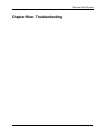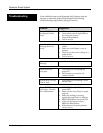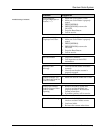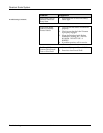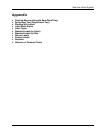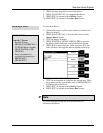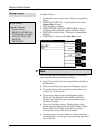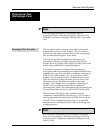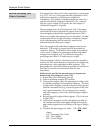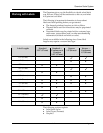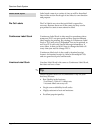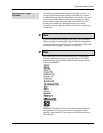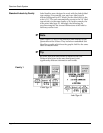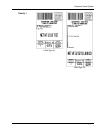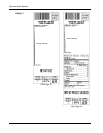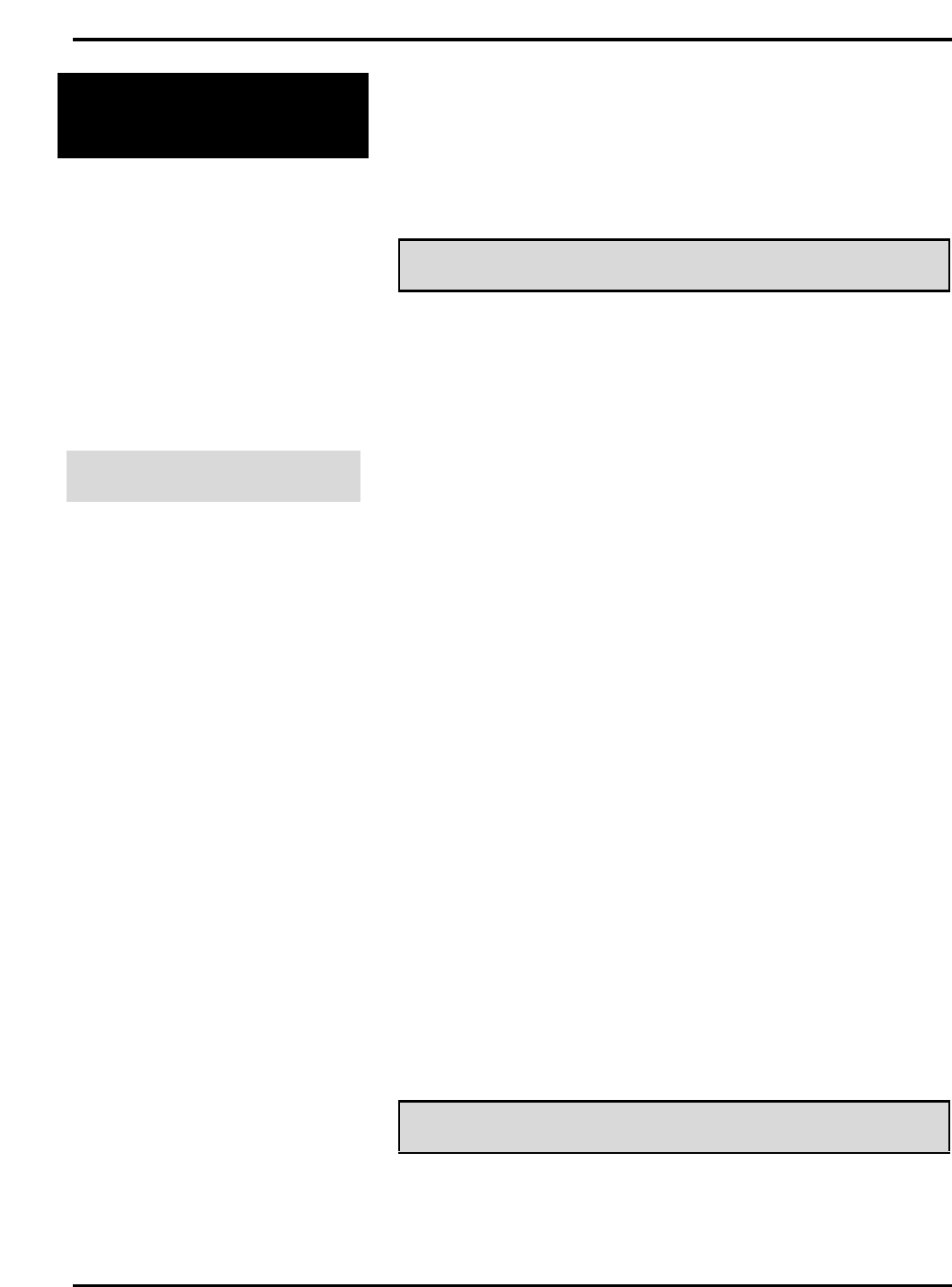
Quantum Scale System
A - 5 Appendix
Proportional Tare
(Percentage Tare)
☛ Note
The following explanation on Percentage Tare (i.e.,
Proportional Tare) comes from Weights & Measures Today,
National Conference on Weights and Measures, November
1993.
Percentage Tare Procedure
The procedure used to compute net weight involves the
determination of two (2) tare weights. One tare will be a
fixed tare for the outer container; the second, a percentage
tare for individual wrappers on the items.
The store (or product manufacturer) determines the
percentage of the gross weight represented by the tare
weight on one (1) pound of the wrapped candy (scales with
metric units would follow similar procedures).
For example, a pound of wrapped chocolate drops is
unwrapped and the percentage tare weight determined on a
suitable scale (e.g., on a scale with a minimum increment of
0.002 lb.) to be 0.04 pound or 4%. In some stores, similar
products such as wrapped candy of different flavors and
types are offered for sale at the same price; in these cases,
consumers can mix the different candies in the same
package. Tare weights can vary slightly on each type of
candy, so tare averaging may be used to establish a
percentage tare value. Once determined, the percentage tare
is programmed into the device with the PLU of the candy.
The fixed tare of the bag or other container used by
consumers is determined by the seller (e.g., 0.01 lb.) and is
either programmed into the device with the Price Look-Up
Code (PLU) for wrapped chocolate drops or is manually
entered into the cash register by the sales clerk during each
weighing process.
☛ Note
The following explanation on calculating the Percentage
Tare value is a portion of the Discussion Paper, The Use of
Proportional Tare, Weights and Measures Industry Canada,
June 22, 1994.



